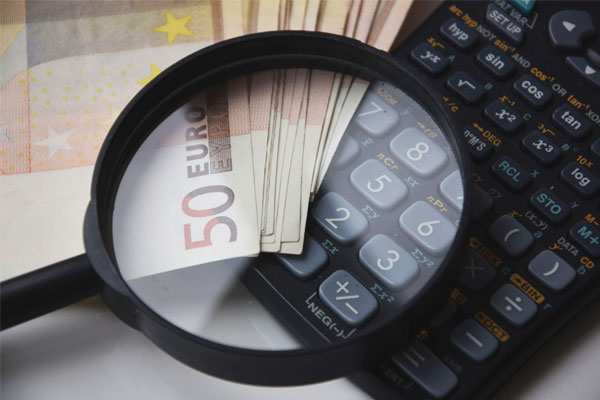What Is Forex Trading and How Does It Work
Posted on 12th Jan 2018
Forex trading means various things to various folks. The Foreign Exchange market, also known as FOREX or FX, is the global currency trading market that trades a daily volume of $5.3 trillion. Hence it is the biggest financial market in the world. The participants in the FOREX market range from huge financial organizations like central banks, MNCs, hedge funds etc, to financial brokers and retail traders like you. More than half of the forex market is based on speculation. Retail investors typically invest in the currency trading market through a broker or a market maker. Orders can be executed within split seconds.
The primary reasons to trade forex are:
- It's a 24/5 market (operates from 5 p.m. EST Sunday to 4 p.m. EST Friday) with global exposure.
- High Liquidity.
- Highly volatile markets.
- Array of instruments to limit risk exposure.
- No dearth of profit-making opportunities.
- Use of Leverage.
- Low trading costs.
Novice Trading
Many greenhorns start trading forex waiting for some miracles to happen and expect to become rich overnight. When they finally come face-to-face with reality they realise that things are not what they seemed. Thus they end up sorely disappointed and disillusioned. However, Forex trading is not a scam. Newcomers should enter the markets with adequate training and self-education as fortune always favours the well-prepared and not the ones showing rash bravado. Don't be afraid to make mistakes but learn how to improve yourself when it happens. Impractical goals, greed, unnecessary haste, insufficient efforts and lack of knowledge are some reasons that can be cited for failure. Practicing on a demo trading account for starters, and beginning small when you foray into the live market can be extremely helpful till you figure out how the market exactly works.
How Does FOREX Trading Work
When you initiate a forex position, you are buying a particular currency and selling another. The rate at which one particular currency is exchanged for another is termed as the exchange rate. An exchange rate is very dynamic & fluctuates within seconds and thus it is an indicator of the robustness of a country's economy.
Spread
In a currency quote the price at which you can buy is called the "ask price", and the price at which you can sell is the "bid price". The difference between the two is termed as the spread. The ask price is always greater than the bid price.
Leverage
Retail traders don’t have limitless capital at their disposal to place on every trade, this is where trading with leverage comes into the picture. Leverage allows you to trade in much larger positions by depositing only a fraction of the capital amount. When you end a leveraged position, the profit or loss is based on the full size of the trade. Thus leverage is a double-edged sword which can maximise your gains as well as losses: including losses that can surpass your deposits. E.g. if your broker offers you leverage of 1:200, you can trade with 200 times more money than your deposit. Therefore, great caution is required when executing your trades.
Pips
When a currency pair increases or decreases in price, the smallest unit of movement is measured in pips. A pip is usually represented by the fourth decimal place of a currency pair. The exception to this rule is the Japanese yen where a movement in the second decimal place constitutes a single pip. The decimal places after the pip are known as fractional pips, or pipettes.
A single pip is a very small unit of movement which is why investors trade in larger batches known as lots. A standard lot is 100,000 units of currency. Alternatively, you can also trade in mini lots and micro lots, worth 10,000 and 1,000 units respectively.
Forex Currency Pairs
Currency pairs can be classified as majors, crosses and exotics. The more widely traded a currency pair is the easier it becomes to trade it and the spread is also lower.
Majors
These are the most widely traded currencies worldwide with high liquidity. All of them contain the USD. Major currency pairs include: EUR/USD, NZD/USD, GBP/USD, USD/JPY, USD/CHF, AUD/USD, USD/CAD and NZD/USD.
Crosses
When a currency pair doesn’t include the US dollar, it’s called a cross-currency pair or simply as crosses. GBP/CAD, GBP/JPY, EUR/GBP are some examples of crosses.
Exotics
An exotic currency pair includes a major currency and the currency of a developing economy. They are less popular than the majors & crosses and the spreads are thus comparatively higher when trading them. e.g. USD/HKD, GBP/ZAR, AUD/MXN, NZD/SGD.
Having a fine understanding of how the Forex market functions as well as one's position in the scheme of things will enable you to observe the necessary caution needed while trading. There is more to forex trading than simple mechanics. Along with knowledge and expertise of the forex basics and mechanics you have to be astute enough to sustain yourself as a successful trader for the long-term. Whatever be your investments goals, risk appetite and capital the forex market has something for everyone. And therein lies its popular appeal.



